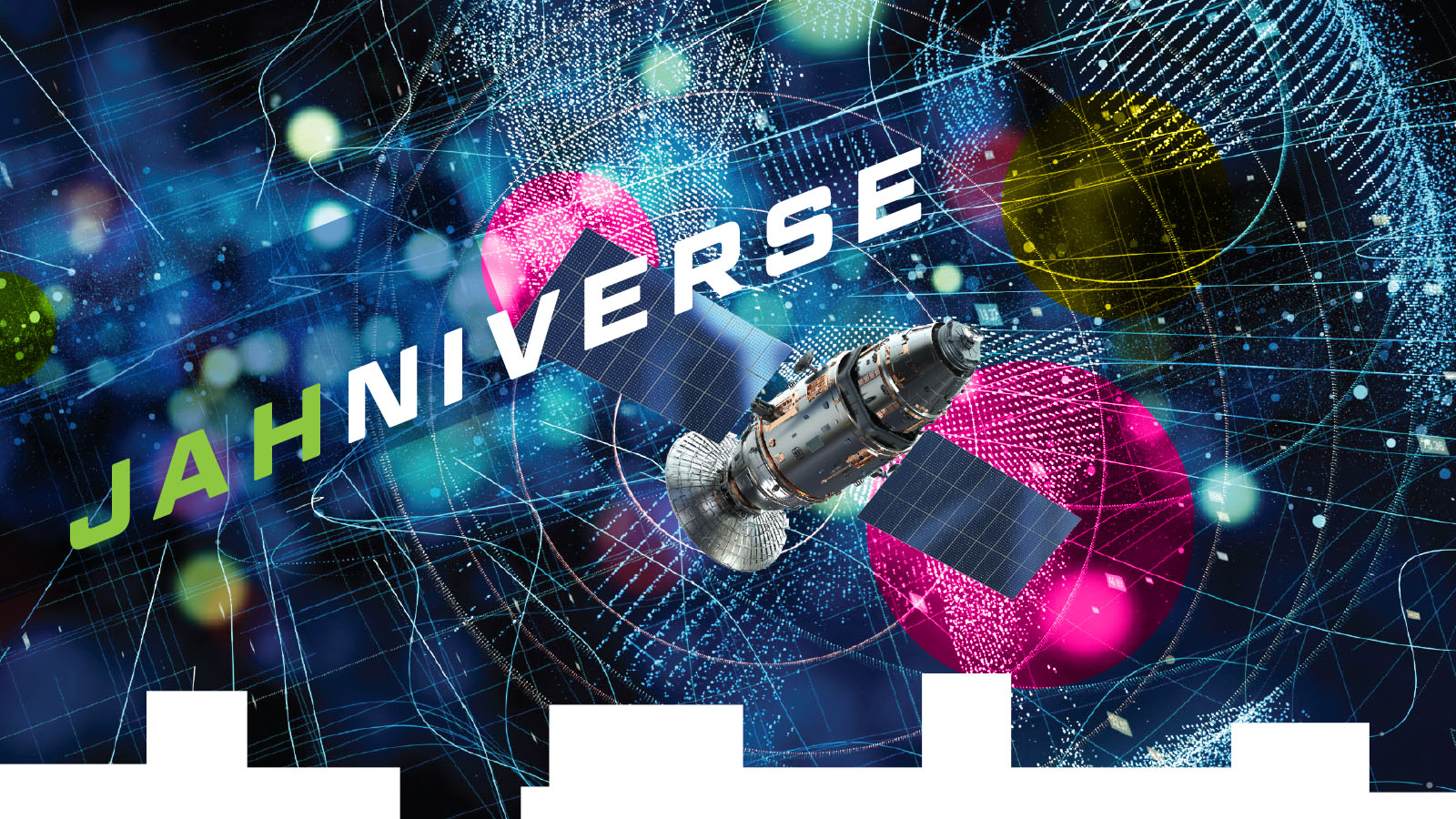Stay Up to Date
Submit your email address to receive the latest industry and Aerospace America news.
NASA’s highest priority in planetary science, the Mars Sample Return mission, has suffered budget cuts that could stifle its reality, but let’s assume for a moment that MSR survives. In that case, we have a pressing issue to consider: the possibility of backward contamination — bringing back a Martian pathogen to Earth.
What to do about that possibility has spurred impassioned debate and rigorous scrutiny within the scientific community. Recognizing the gravity of this challenge — pun intended — I endorse a bold yet pragmatic solution: harnessing the capabilities of the International Space Station as the focal point for Mars sample containment and analysis before their return to Earth. (Another idea that has been previously floated is getting the samples to the moon instead, but the probability of contaminating the moon shut that idea down rather quickly.)
Of course, there is also debate about how long ISS will be in service. Thus far, NASA has committed to operating the station through 2030. In the current timeline for MSR, the samples would arrive on Earth in 2033. If both these schedules hold, the station idea would be moot unless there is another destination in low-Earth orbit for the samples to be kept. But let’s assume that this is a nonissue for now.
The station idea, born out of a synthesis of scientific inquiry and ethical imperative, represents a paradigm shift in our approach to planetary protection. By leveraging the controlled environment of ISS, we can mitigate the inherent risks of backward contamination while advancing our understanding of Martian geology and astrobiology. Of course, that still leaves questions about whether astronauts and cosmonauts could still visit ISS once the samples are there and, if so, how those visitors would be protected against possible contamination and the like.
The answer to these and other concerns aren’t straightforward and will require lots of thought, not for the things we can imagine might happen but more so for the black swan events or enigmas we can’t really imagine occurring. And some contingency plan must be created, because while black swan events are of seemingly negligible probability of occurring, there are high consequences if they come to pass.
Another issue that I see no evidence has been properly considered is the very small, but still possible, event of a piece of space debris colliding with the Earth Return Orbiter that is to carry the MSR sample container, thereby compromising the integrity of the containment system. Perhaps such a collision would merely crack the canister, and a full break wouldn’t occur until its parachute landing in the Utah desert.
A hypothetical collision is yet another unintended consequence of how we’ve been collectively polluting Earth’s orbital space because of the way in which we perform our space exploration and utilization activities. A collision of space debris and the MSR spacecraft could significantly increase the probability of pathogen release. We must consider such black swan events; this is how risk should be quantified. The issue is that we don’t have a way to realistically quantify the probability that MSR would collide with a piece of space debris, so we just assume it’s negligible.
Bringing back samples to ISS would largely mitigate this risk. However, even if we assume that this is how MSR takes shape, history cautions us against succumbing to extreme optimism in the face of our technological awesomeness. We aren’t strangers to the tragic consequences of hubris — from the Titanic disaster, to the space shuttle Challenger and Columbia tragedies, to the failed Mars Polar Lander and Mars Climate Orbiter missions, and to the catastrophic nuclear accidents at Three Mile Island, Chernobyl and Fukushima. These failures are stark reminders of the perils of complacency and the importance of humility in the pursuit of exploration.
By bringing Martian samples to ISS, we create a safer space of scientific inquiry, a sanctuary where researchers can conduct meticulous analysis without jeopardizing the integrity of Earth’s biosphere. This approach would not only align with the highest standards of planetary protection but also foster international collaboration and transparency, as recommended by previous studies. As celestial stewards, it is our “kuleana” — Hawaiian for responsibility — to do so.
In embracing ISS as the nexus of Mars Sample Return, we honor the legacy of exploration while charting a course toward a more sustainable and ethical future in space. When we fail to remember our past, we’re doomed to repeat it. Let us navigate the uncharted waters of space exploration with courage, humility and a steadfast commitment to the preservation of life, both on Earth and beyond.
About Moriba Jah
Moriba is a professor at the University of Texas at Austin and chief scientist at Privateer. He helped navigate spacecraft at NASA’s Jet Propulsion Lab and researched space situational awareness at the U.S. Air Force Research Laboratory, and is an AIAA fellow.
Related Posts
Stay Up to Date
Submit your email address to receive the latest industry and Aerospace America news.




